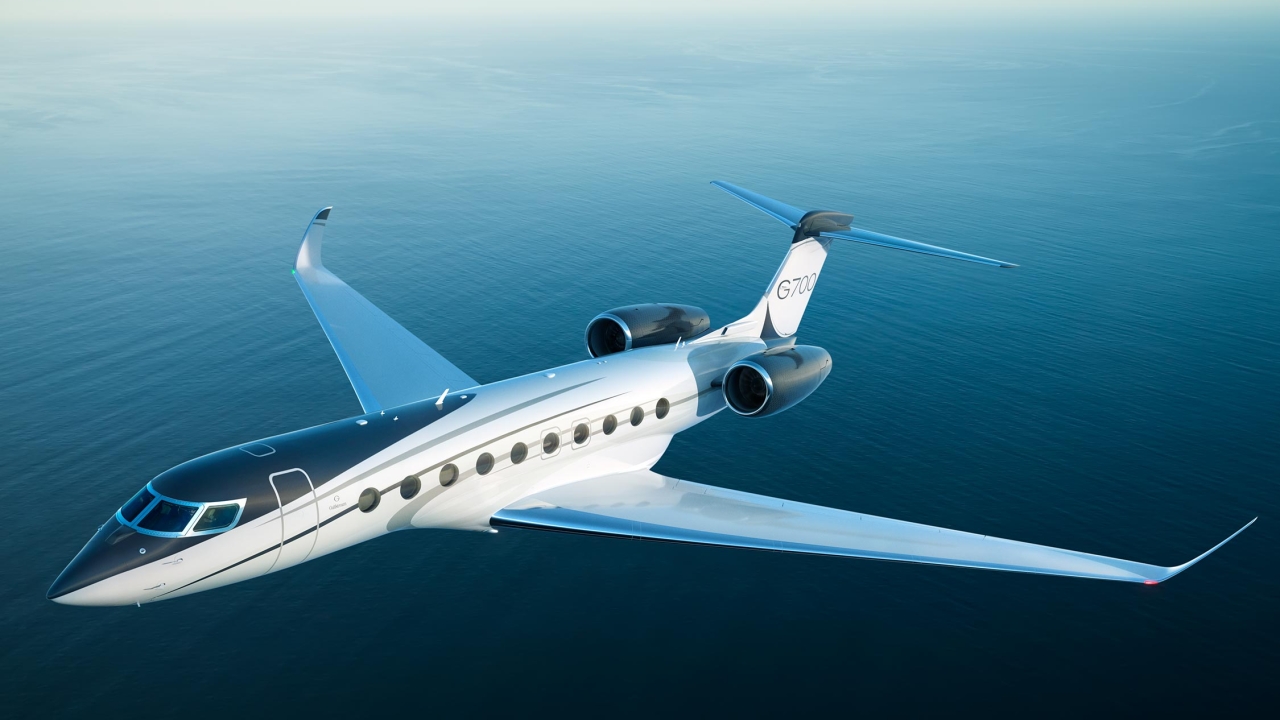The Range Rover of the skies
No fewer than five Pilatus PC-24 jets are already on order for operations in Africa – and the company has now stopped taking further orders until the first deliveries of the twin-engine aircraft start, expected to be the last quarter of 2017. Dave Calderwood reports.

The orders, through the Pilatus Centre at Rand Airport, Germiston, South Africa, just outside Johannesburg, confirm what many operators think – the PC-24 is ideal for the mixed conditions found all over the continent.
Gerry Wyss, sales director of the Pilatus Centre South Africa, said he wasn’t able to reveal who the customers are or what the aircraft would be used for. However, it’s clear that the PC-24’s unique combination of the ability to operate from short, unmade strips and cruise at jet speeds, plus the versatility of its cabin configuration, make the aircraft a special all-rounder.
Swiss manufacturer, Pilatus, has made a name for itself with the rugged, go-anywhere Porter PC-6 and PC-12 single-engine turboprops. The PC-12’s long-time customer, the Australian Royal Flying Doctor Service, when asked what it wanted from the PC-24, told Pilatus “a PC-12 with more speed”. And that’s pretty much what the PC-24 is.
The super versatile jet (SVJ) is what Pilatus says it has created with the PC-24. It’s been carefully designed to be able to operate on runways as short as 820 metres (2,690ft), including, grass, gravel or dirt. That’s around 21,000 airports worldwide, including 2,477 in Africa alone. The nearest competing aircraft can operate from just 815 African airports (Pilatus figures).
Those African locations include the famous Seronera Airstrip, the main airport for Tanzania’s Serengeti National Park. It’s a gravel strip, with a good length at 2,280 metres, but it’s also at an elevation of 1,588m (5,080ft). Those hot and high conditions, which make the air less dense, can cripple the performance of many aircraft, but not the PC-24. It’s almost as though the aircraft was built for this very airstrip.
One of the key attributes of the PC-24 is the way the cabin can quickly and easily be reconfigured – a cabin that is bigger than some business jets costing much more. Each passenger seat has quick-change capability, enabling its addition or removal in just a few minutes. The aft partition is movable so the operator can easily enlarge the passenger cabin or increase the baggage compartment volume for each flight. The PC-24 can seat up to eight passengers, with two pilots, or be stripped of seats to carry up to 14.2 cubic metres (501cuft) of cargo.
There’s even a dedicated air ambulance version of the PC-24, building on Pilatus’ long experience working with the flying doctor service. Up to three wheeled stretchers can be carried in the cabin, along with seats for medical staff and space for medical equipment. The cabin pressurisation system helps too, maintaining sea level air pressure right up to an altitude of 7,163 metres (23,500ft).
The large 1.3 x 1.25 metre cargo door can be equipped with either an electrical lift system or a ramp to help board stretcher patients, and details include ceiling rails with IV hooks, storage cabinets, shelves and work table, separate medical electrical system, and washable interior. Yes, this is an emergency ward in the air.
Plenty of thought has been applied in the cockpit, too. First, the PC-24 can be flown single pilot – as can all Pilatus aircraft – and it’s been designed specifically to reduce pilot workload and improve safety, while providing full situational awareness under all circumstances. Pilatus calls the flightdeck ‘advanced cockpit environment’ (ACE). It’s based on Honeywell’s proven Primus Apex avionics and has four 12-inch screens displaying everything the pilots(s) could want to know in a user-friendly, highly intuitive way.
Standard equipment includes synthetic vision, giving a 3D display of terrain – useful when finding a way round high ground into a tricky airstrip – plus auto-throttles, graphical flight planning, traffic collision avoidance system (TCAS II), and localiser performance with vertical (LPV) guidance capability. That means it can use a GPS precision approach, again, useful for airstrips with no other navigation aids.
No wonder the PC-24 is in demand. It’s unique and versatile – the Range Rover of the skies. Pilatus’ biggest problem will be keeping up with demand.
Stay up to date
Subscribe to the free Times Aerospace newsletter and receive the latest content every week. We'll never share your email address.

